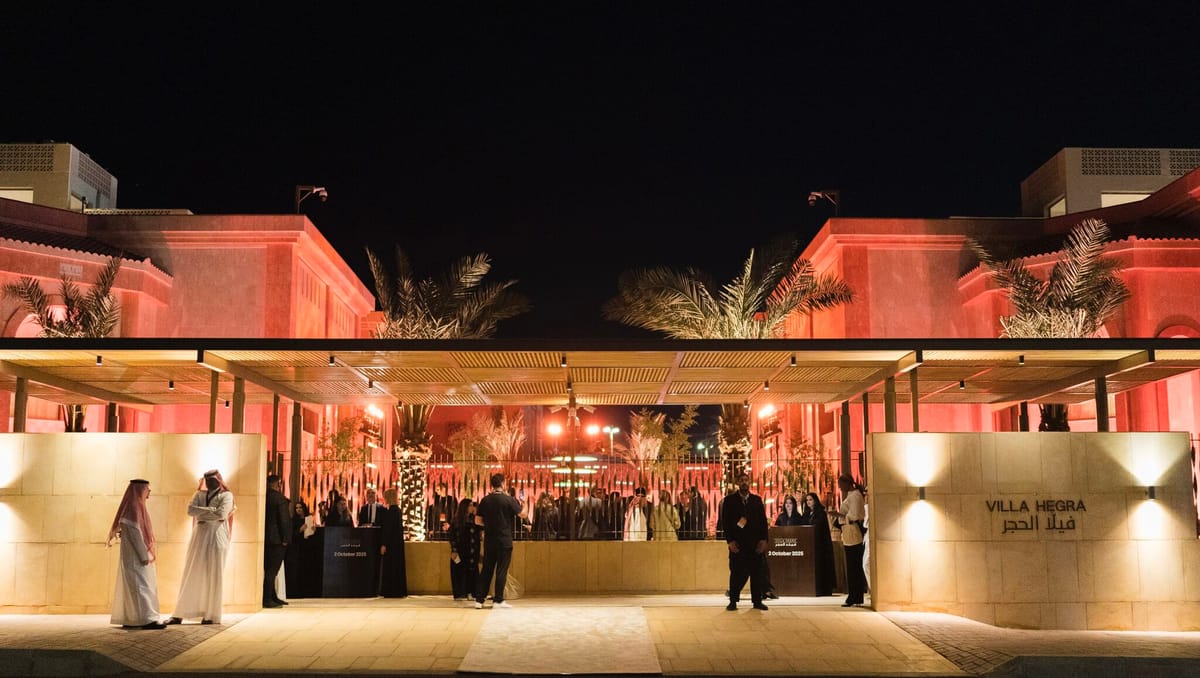
Villa Hegra is a landmark initiative — the first joint Saudi-French cultural foundation — established through a partnership between the Royal Commission for AlUla (RCU) and the French Agency for the Development of AlUla (AFALULA). Its creation reflects a deeper diplomatic, cultural, and creative ambition to position AlUla as a global center for arts, heritage, and international exchange.
Aligned with Saudi Vision 2030, Villa Hegra aims to weave together heritage, creative expression, local capacity building, and cross-cultural dialogue. It represents a new era of collaboration between two nations that share a passion for culture and artistic innovation.
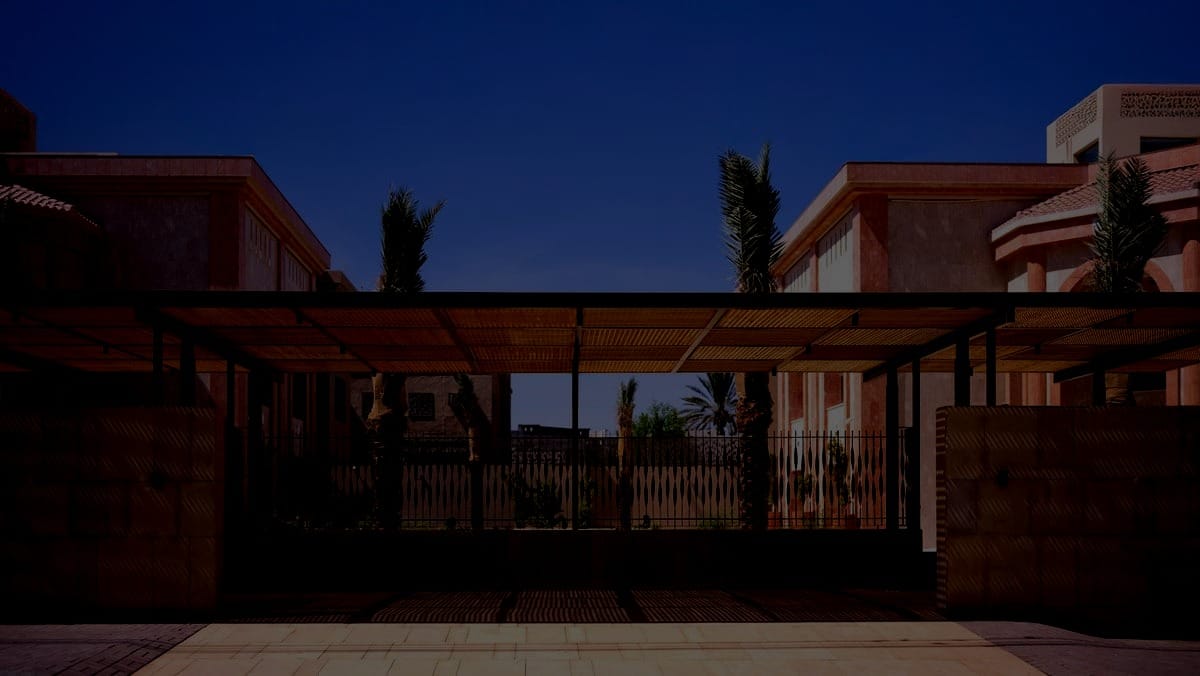
Origins & Institutional Framework
The idea of Villa Hegra has roots in the 2018 intergovernmental agreement between Saudi Arabia and France, which set the groundwork for cultural cooperation in AlUla. In 2021, during a state visit by French President Emmanuel Macron, RCU signed a series of strategic agreements, including one for Villa Hegra.
The foundation operates under a co-creation model where governance, programming, and artistic direction are shared between Saudi and French representatives. Its inauguration took place on October 2, 2025, attended by Prince Badr bin Farhan, Saudi Minister of Culture and Governor of RCU, alongside French officials. The event also marked the first official Board meeting of the Villa Hegra Foundation.
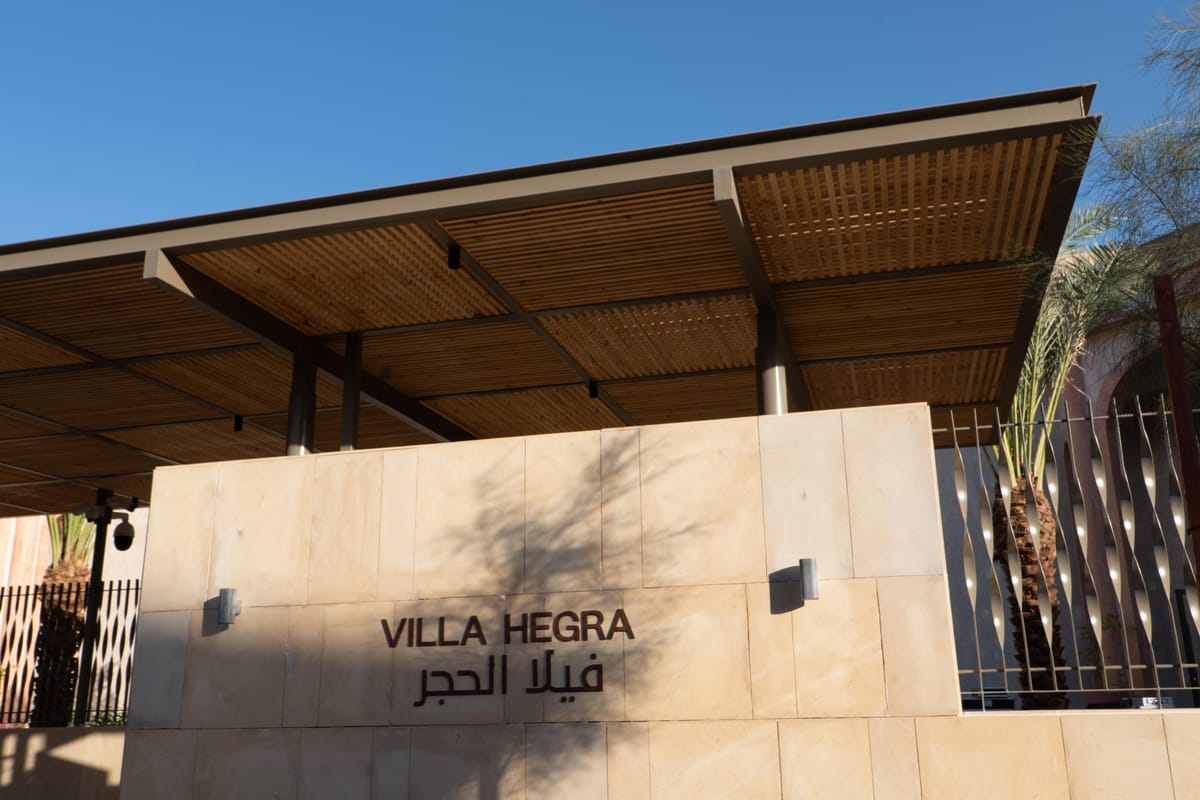
Mission & Programmatic Pillars
Villa Hegra serves multiple purposes: it is a cultural center, a residency hub, an educational venue, and a platform for creative dialogue. Among its offerings are:
- Spaces dedicated to visual arts, design, and performing arts.
- The first indoor cinema in AlUla.
- Residency programs and specialized workshops.
- Educational and training initiatives for local talent.
- Partnerships with international institutions through the global ¡Viva Villa! network.
The inaugural 2025–2026 cultural season, co-curated by Gaël Charbau and Basmah Felemban, introduces a rich mix of artist residencies, exhibitions, and cross-cultural exchanges. An academic program is also being launched to promote collaboration in fields such as architecture and creative education.
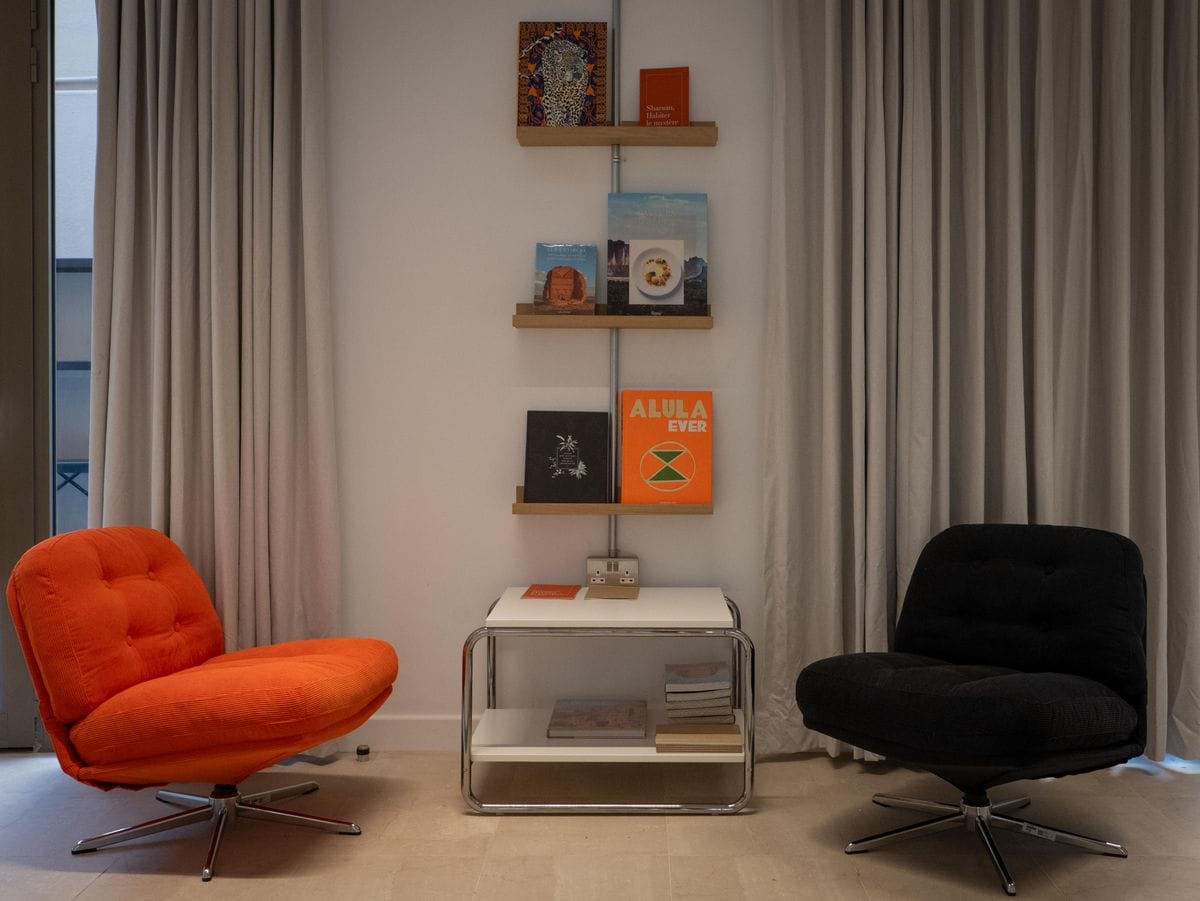
Architecture, Location & Design
Located near the UNESCO World Heritage site of Hegra, Villa Hegra draws inspiration from AlUla’s ancient landscape. Its architecture emphasizes harmony with nature, sustainable materials, and the integration of the desert environment into its spatial experience.
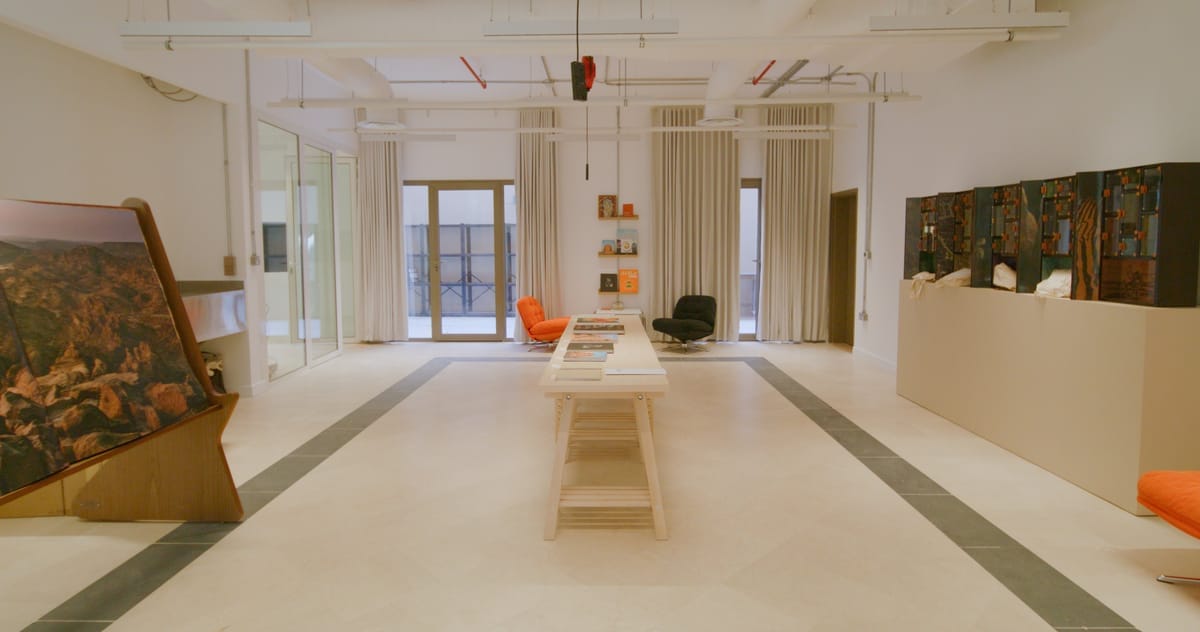
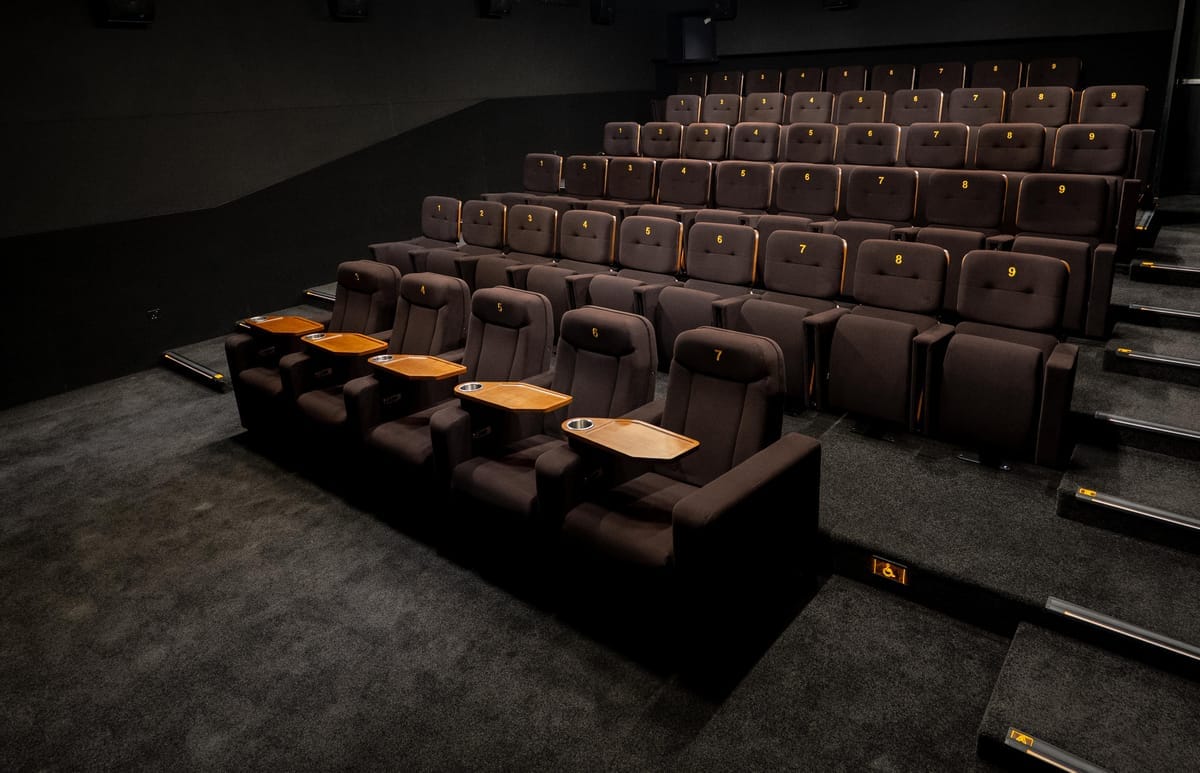
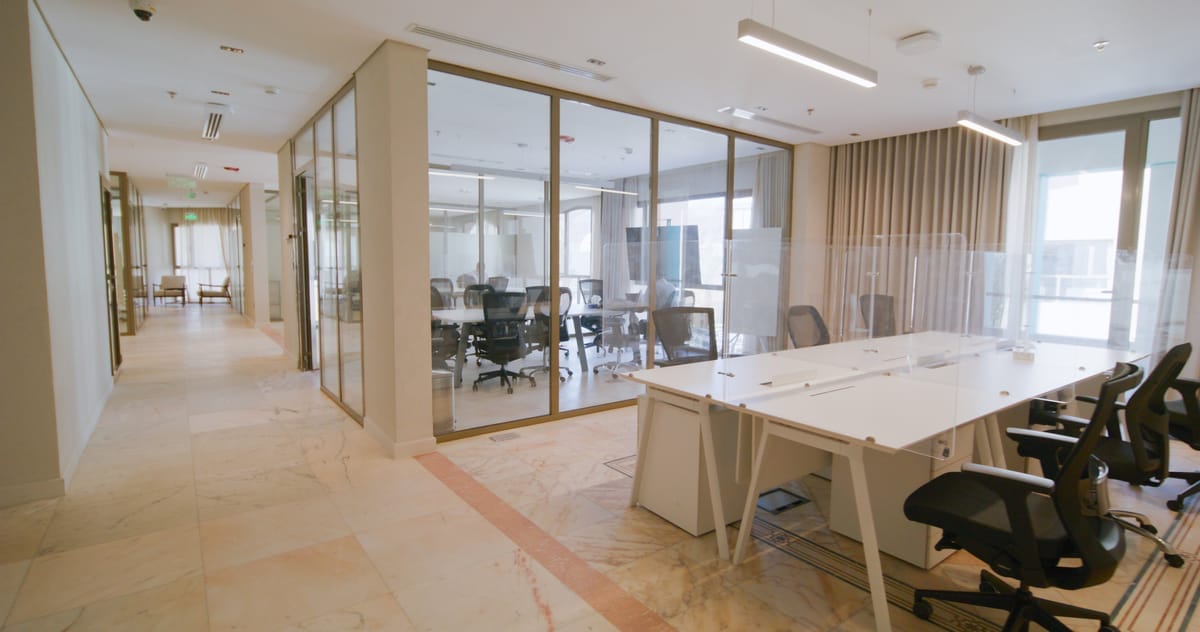
The facility includes:
- Exhibition halls and artist studios.
- A multi-purpose auditorium and indoor cinema.
- Educational spaces and creative laboratories.
Villa Hegra’s design philosophy mirrors AlUla’s identity as a place where heritage meets innovation—a space that nurtures artistic creation while respecting the landscape that has inspired civilizations for centuries.
Role within AlUla’s Transformation
Villa Hegra forms part of the broader "Journey Through Time" masterplan, which envisions five cultural districts and an extensive regeneration of AlUla’s oasis and heritage sites by 2035. Within this vision, Villa Hegra strengthens AlUla’s role as a living museum and catalyst for creative industries.
Its impact can be seen across four key areas:
- Advancing Saudi-French cultural diplomacy.
- Building the next generation of Saudi artists and creatives.
- Enriching AlUla’s visitor experience through education and storytelling.
- Supporting Vision 2030’s creative economy goals.
Significance & Challenges
Villa Hegra carries both symbolic and strategic weight. It deepens bilateral cultural ties, provides access to world-class artistic resources for local communities, and establishes a model for international cultural collaboration in the Arab world.
Yet, challenges remain. The foundation must ensure authentic community participation, balance heritage preservation with modern infrastructure, and sustain its programming in an evolving global arts ecosystem. Success will depend on how well Villa Hegra bridges global expertise with local creativity.
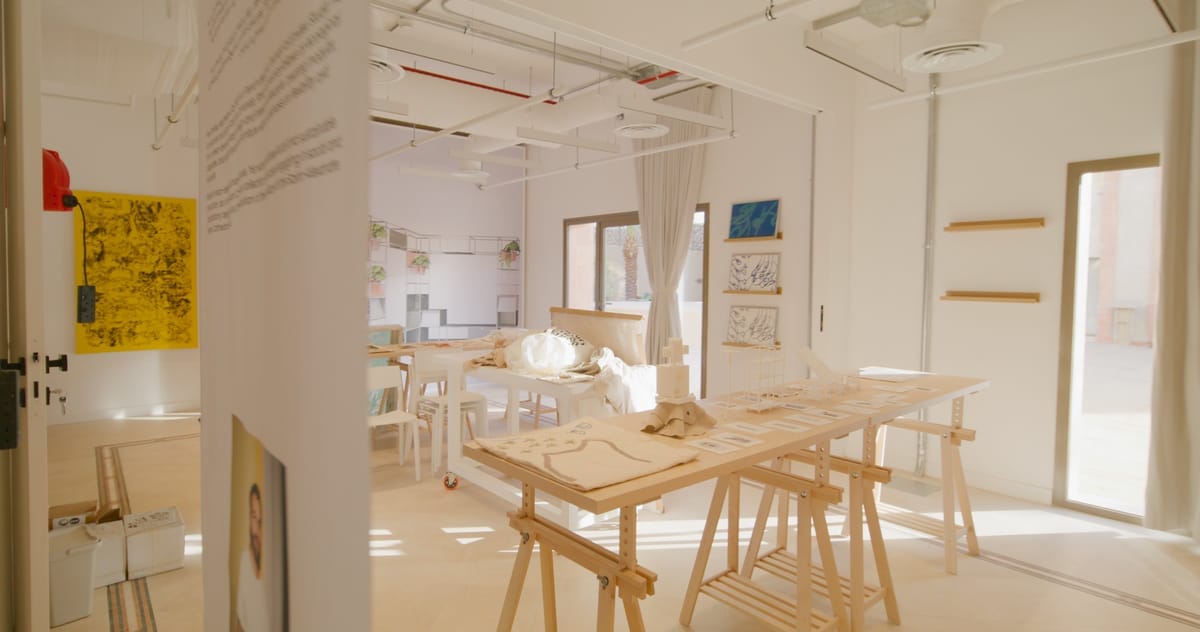
Villa Hegra is more than a cultural landmark; it is a living dialogue between civilizations. Rooted in AlUla’s timeless landscape and fueled by a shared vision for the future, it stands as a beacon for creativity, education, and cultural diplomacy.
As AlUla continues its transformation, Villa Hegra symbolizes what is possible when nations collaborate not just through policy, but through imagination—where art becomes the language that unites people, ideas, and generations.

